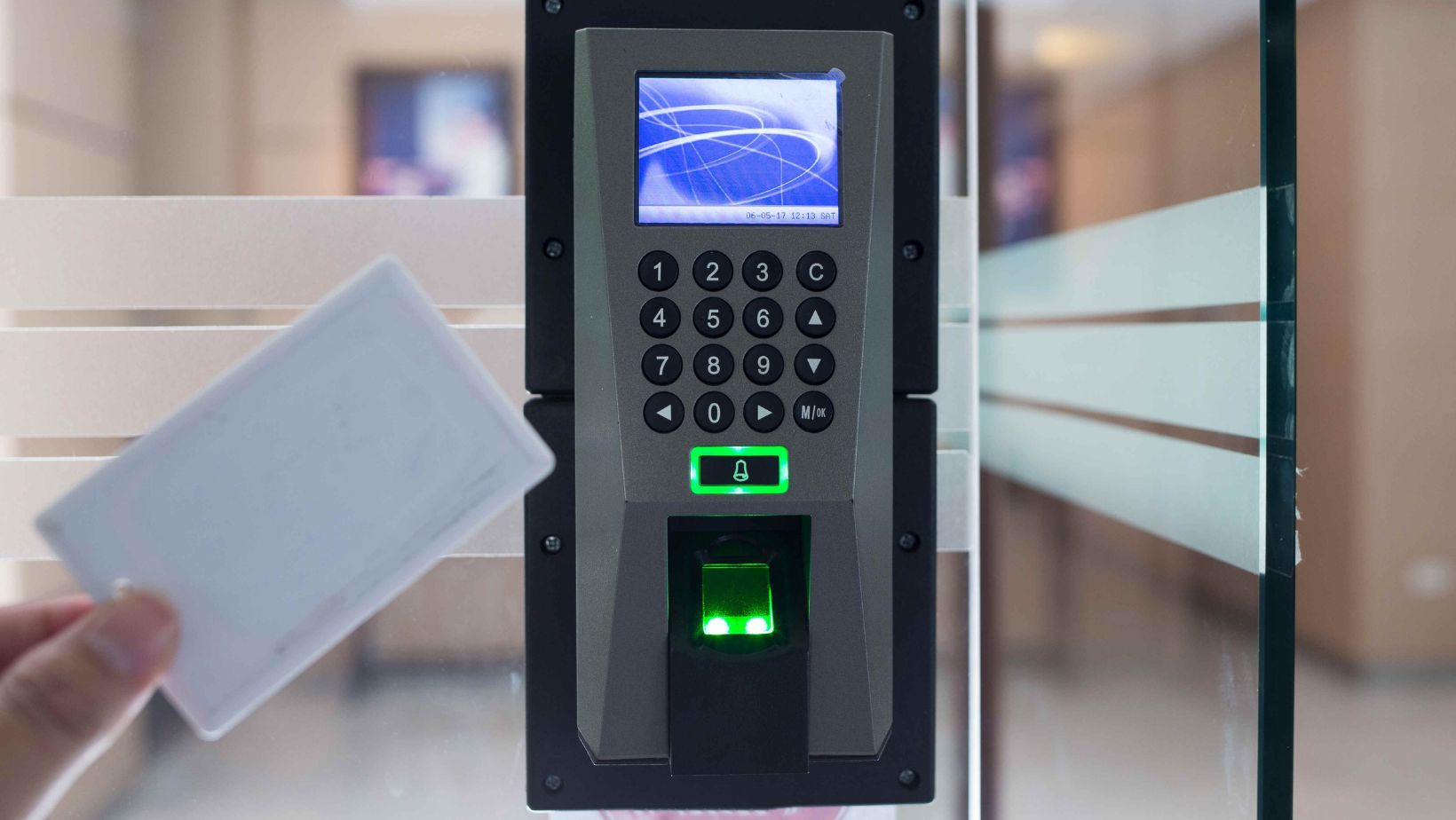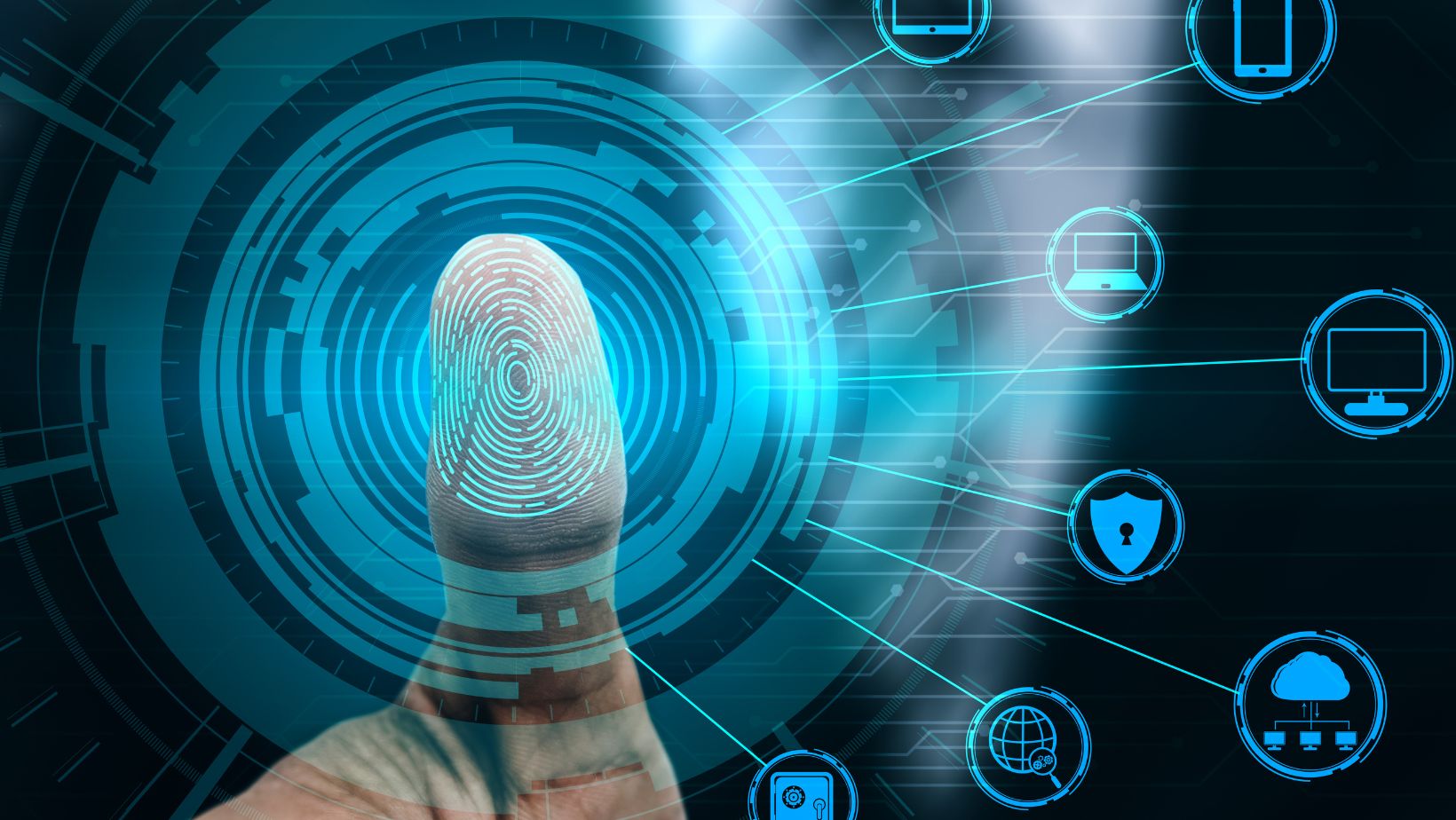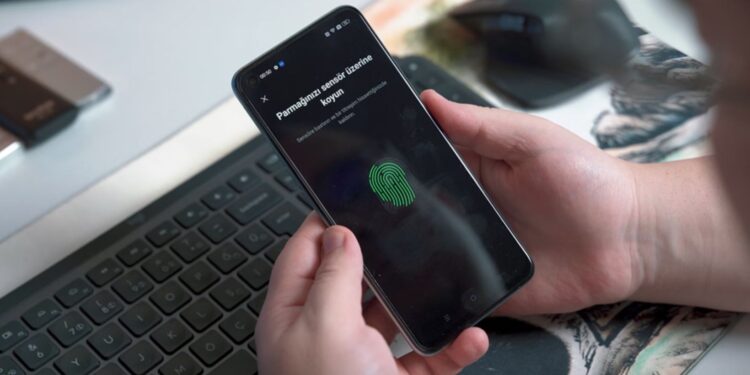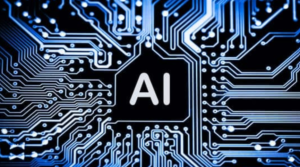As cyber-attacks grow, online security has become a top issue. Once thought to be efficient, passwords and PINs are insufficient to protect private data. Weak passwords, data breaches, and identity theft are growing frequently, endangering people and companies. Biometric authentication is revolutionary in this regard. As attackers become more clever, conventional authentication techniques have to change. Biometrics is achieving just that—simplifying user access while improving digital environments’ safety. Knowing how biometric authentication functions and its advantages would assist one in seeing its part in improving online security.
Biometric Authentication’s Growing Importance in Online Security
The digital scene is changing, and so are the dangers. Hackers are discovering fresh methods to circumvent security policies, rendering conventional passwords more untrustworthy. Biometric authentication is, therefore, being included in several security systems. Biometric authentication has been shown to be a successful solution for unlocking devices and protecting internet transactions. The usual methods are voice authentication, face recognition, and fingerprint sensors. Major corporations like Apple and Google have adopted biometric security and included it in their products and offerings.
Biometrics is also helping companies. You’ll often businesses managing sensitive consumer data use biometric authentication to safeguard accounts against illegal access. For instance, banks approve transactions after verifying user identities using fingerprint and face recognition. This removes the possibility of phishing attempts and password theft.
Why Conventional Passwords Are Insufficient Anymore
Passwords were the primary means of safeguarding data and accounts for decades. However, they fall short significantly. Many people with weak or repeated passwords provide hackers with easy access. Data breaches expose millions of passwords, and phishing scams trick individuals into giving login information.

Even strong passwords can be broken. Through the utilization of advanced techniques such as credential stuffing and brute force, hackers crack passwords. Although vulnerable to social engineering attacks and SIM swaps, two-factor authentication (2FA) is more secure. Biometric authentication fixes these shortcomings by removing the need for passwords. A fingerprint or facial scan is not like a password; one cannot take one. Reducing the likelihood of identity theft and account takeovers helps improve internet security.
How Biometric Authentication Functions
Biometric recognition uses biological traits to ensure that someone is who they say they are. Some traits include voice memory, eye patterns, face features, and fingerprints. Genetic information is often written down, scanned, and compared to data that has already been saved. Biometric data is very hard to duplicate, unlike passwords. Advanced encryption guarantees that biometric data is safeguarded from cyber attacks. Some solutions increase security even more by using on-device instead of cloud storage, thereby keeping biometric data out of reach of hackers.
Robust identity verification is paramount in many digital environments, from securing sensitive personal data to ensuring safe access in regulated online spaces, such as those used by real money casinos. Biometrics has another benefit in its quickness. Users may access it immediately with a fingerprint scan or facial recognition rather than by entering lengthy passwords. Therefore, biometric authentication is not only safe but also practical.
What Biometrics Can Do To Stop Identity Theft
Identity theft is getting worse and costs people and companies a lot of money every year.

Criminals can easily get around traditional login methods, stealing personal information and committing scams. Biometric verification makes identity theft much less likely. Because genetic traits are unique to each person, they can’t be copied or stolen, as PINs or passwords can. Criminals can’t get around biometric identification without direct access to the person’s biometric data.
Online Banking Security and Biometrics
Though it raises major security concerns, online banking is indispensable daily. Conventional login passwords are insufficient to keep hackers from accessing bank data. Biometric identification is increasingly used in banking apps and digital wallets. Most banks now facilitate the use of face or fingerprint to log in and receive transactions. This does not require a password, hence reducing the possibility of an unauthorized individual accessing the account.
What’s Next for Biometric Authentication in Cybersecurity
Biometric verification always changes as new technologies make it safer and easier to use. Future authentication methods are being studied, including heartbeat authentication, face recognition powered by AI, and vein pattern identification. Biometric identity will become increasingly important for protecting digital settings as hackers become smarter. People and businesses must use biometrics and other current security technologies to avoid these threats.
Biometric identity is becoming increasingly popular. It will continue to change online security, improve digital exchanges, and ease the process. Because AI and security are improving, biometric identity will be the best way to keep your internet access safe.



























































